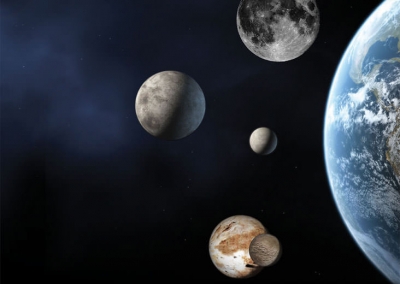
According to the International Astronomical Union (IAU), a dwarf planet is a celestial body that is in orbit around a star: massive enough to be rounded by its own gravity: but has not cleared the neighbourhood around its orbit, and is not natural satellite.
The key difference between a planet and a dwarf planet is that a dwarf planet has not become gravitationally dominant enough to clear the neighbourhood around its orbit. In other words, it shares its orbital space with other celestial bodies of similar size. There are five recognised dwarf planets in our solar system – Pluto, Ceres, Haumea, Makemake and Eris. Pluto was earlier classified as a planet, but it was stripped of its status in 2006, when the IAU formalised the definition of a planet and a dwarf planet. Pluto orbits in a disc-like zone beyond the orbit of Neptune called the Kuiper Belt, a region populated with frozen bodies left over from the solar system’s formation.
Picture Credit : Google



